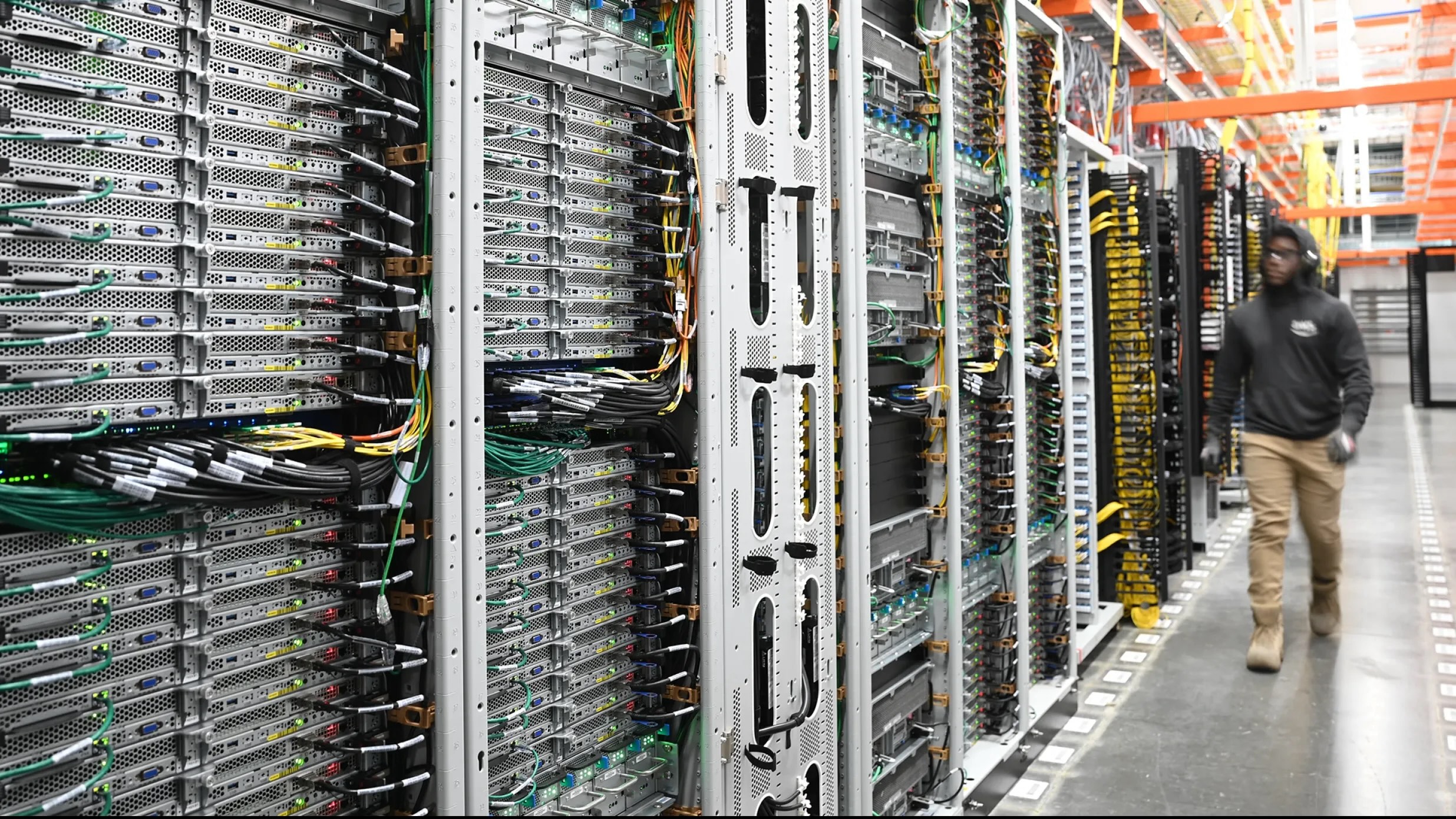Amazon Web Services (AWS) has announced plans to invest $11 billion in the US state of Indiana to build data centres.
The spend would represent the state’s largest ever capital investment, and promises to create at least 1,000 jobs in addition to the 26,000 full- and part-time staff it already employs in Indiana.
The company said that the planned data centres will be located in St. Joseph County north-central Indiana, and that AWS will contribute up to $7 million to support road infrastructure improvements being built by the state and local community surrounding its planned development.
The data centres would meet growing demand for cloud computing and generative artificial intelligence services, with Roger Wehner, AWS director of economic development, adding that the investment represents its “unwavering commitment to supporting our customers and helping drive digital transformation has been evident through our infrastructure investments across the United States.”
Indiana governor Eric Holcomb said: “Amazon has long been an important economic partner in Indiana, and we are excited to welcome AWS. This significant investment solidifies Indiana’s leadership position in the economy of the future, and will undoubtedly have a positive ripple effect on the town of New Carlisle, the north central region and the state of Indiana for years to come.”
Latest News
-
The top technology trends to expect in 2026
-
The most read National Technology News stories of 2025
-
Lyft and Uber sign deals with Baidu for robotaxi trial in London
-
Nextdoor launches AI-driven self-serve ads platform for small businesses
-
Italy's antitrust fines Apple €98.6m over alleged App Store dominance
-
Visa partners with UAE real estate firm to launch voice-enabled agentic commerce payments
The future-ready CFO: Driving strategic growth and innovation
This National Technology News webinar sponsored by Sage will explore how CFOs can leverage their unique blend of financial acumen, technological savvy, and strategic mindset to foster cross-functional collaboration and shape overall company direction. Attendees will gain insights into breaking down operational silos, aligning goals across departments like IT, operations, HR, and marketing, and utilising technology to enable real-time data sharing and visibility.
The corporate roadmap to payment excellence: Keeping pace with emerging trends to maximise growth opportunities
In today's rapidly evolving finance and accounting landscape, one of the biggest challenges organisations face is attracting and retaining top talent. As automation and AI revolutionise the profession, finance teams require new skillsets centred on analysis, collaboration, and strategic thinking to drive sustainable competitive advantage.
© 2019 Perspective Publishing Privacy & Cookies




.jpg)



Recent Stories